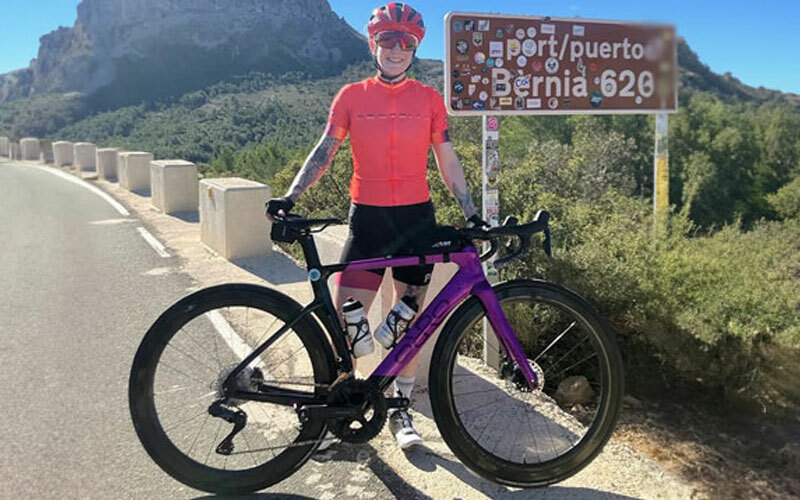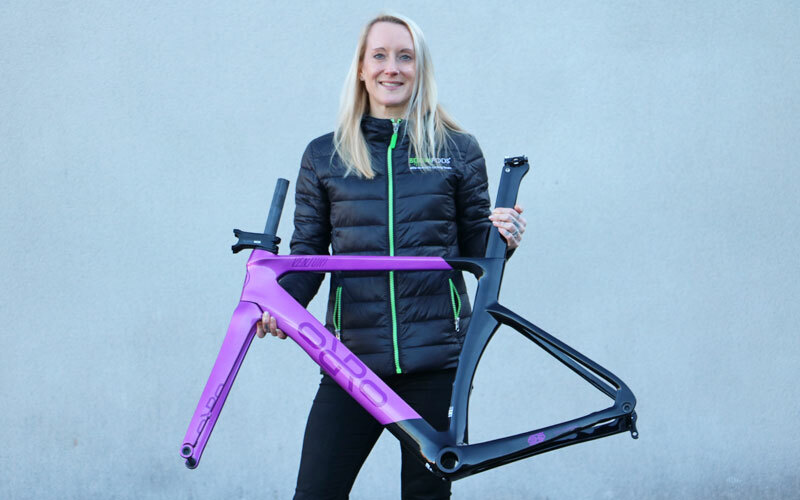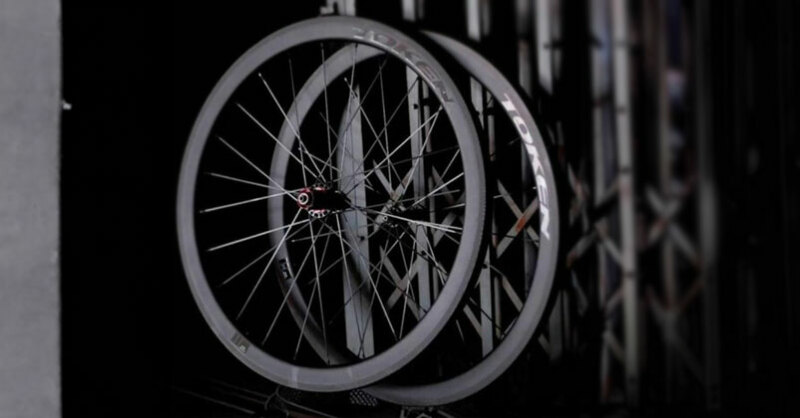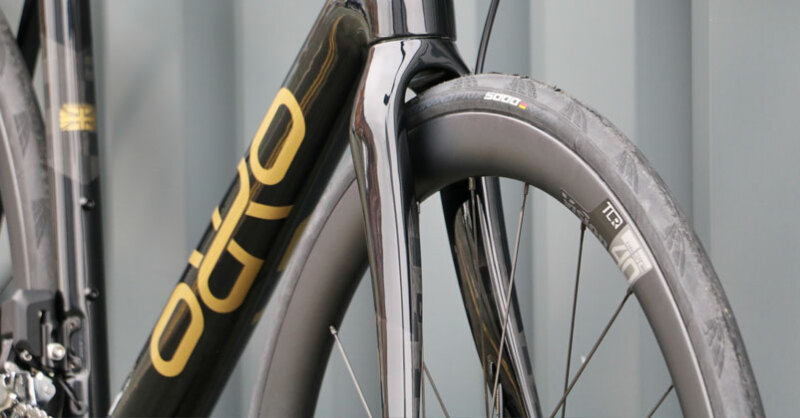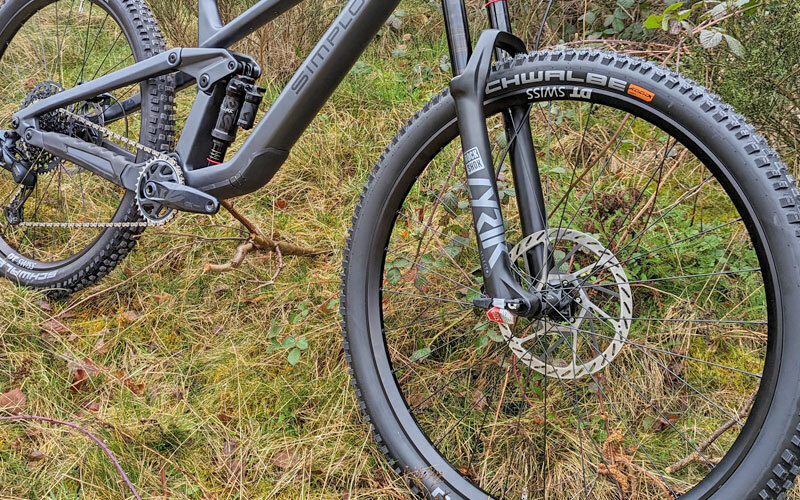Electric Bike Guide
Ebikes are the fastest growing market in worldwide bike sales and it’s easy to understand why. As well as regular bike riders looking for a little assistance, for people previously ‘put off’ by regular riding, having a baseload of power available, makes cycling a viable option to fit into their lives. Whether for daily transport, short trips to the shops, to keep up with fitter riders, or to help gain fitness, ebikes tick the right boxes for many, widening the possibilities of cycling as a realistic and worthwhile transport option into the future.
.jpg)
How Do Ebikes Work?
In addition to the regular components on a bike, ebikes have a motor, controller and a battery. Ebikes used on the roads in the UK are limited to 250 watts / around 25kph, the power is controlled via pedal assist. Pedal assist works via a sensor operating at the chainset which senses pedal revolutions and adds motor assistance depending on how much effort is put in and the level of assistance dialed in. Motors can be mid-drive or hub driven, batteries are usually mounted on the downtube of the frame, concealed in the frame or on a rack at the rear.
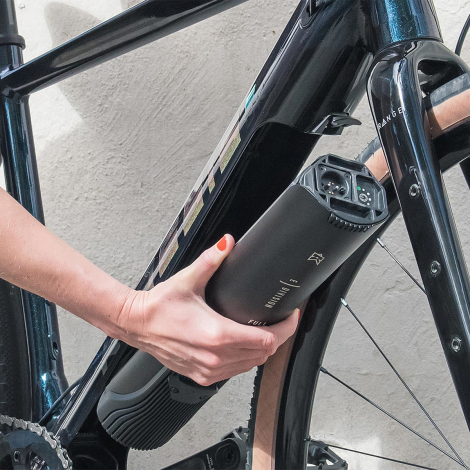
How do I look after an Ebike?
Ebikes take a little more care looking after them than a regular bike, particularly when it comes to cleaning and maintenance. Electrical components and connections can be more susceptible to damp and moisture, so careful washing is a must. Mid-drive ebikes can also wear transmission components a little faster than a regular bike because of the extra power load on them. Minimise wear and the need to replace components be keeping transmission clean and lubricated. Lots of ebike specific components are available (such as chains and cassettes, for example), these are designed to cope with the extra loads placed on them and as such should last well.
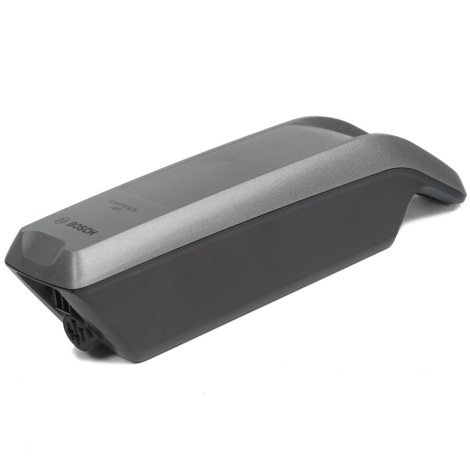
Different Types of Electric Bikes
Mountain Bike
With added power, mountain biking can become even more fun and exciting, especially improving the climbs, which could be despised on a heavy full-suspension all-mountain bike. The added weight of an ebike can even increase the speed on the descents too, so for many, e-MTB’s are huge fun.
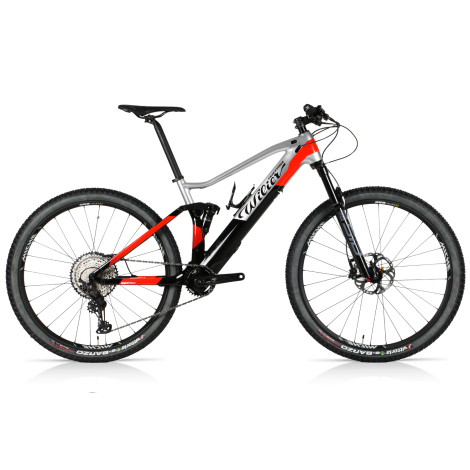
Gravel Bike
Depending on where you ride, an e-gravel bike could transform your riding. Having power on hand to reduce the efforts required on climbs, can increase the range of your rides or make them a little more challenging and adventurous. Knowing you have a little assistance on your rides can extend your spirit of adventure - "I wonder where that trail goes..."
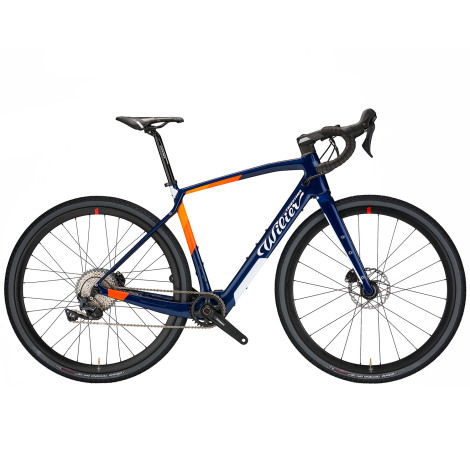
Road Bike
Out on the roads an ebike can provide the extra power for older or injured riders to ride with younger, fitter friends. It can also give the reassuring boost to new riders taking on longer rides. Most will benefit from the motor boost on hills, and with the best road ebikes becoming lighter, the weight will not be too much of a hindrance on flatter, faster sections of road.
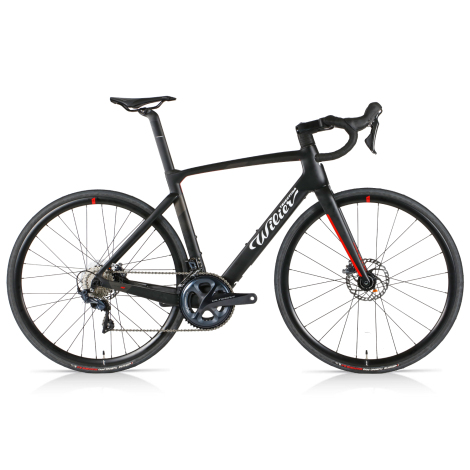
Urban / Step Thru / Hybrid
This is the key market for ebikes. Powering up traditional step through shopping bikes and hybrids, opens up the prospect of using ebikes for general day to day transport, for the commute or trips to the shops. The easy-to-ride nature of these bikes with the added power provided by a motor ensures that these types of bikes will transition many people’s shift away from cars especially for short journeys.
.jpg)
Nitty Gritty - Ebike terms
Watts - Watts is the unit of measurement of power (250w Legal in the UK)
Watt hour (Wh) – This signifies how much capacity the battery has. A 250Wh battery can produce 250 watts for a duration of 1 hour.
Volts – Standard unit used to indicate how strong an electrical current is.
Amps - Unit of electric current
Torque – The measure of force on a rotational axis, more torque equals a higher rate of acceleration.
PAS – Pedal Assist System is the sensor based system for monitoring and distributing power
Assist Modes – Most motor controllers have between 3 and 5 different settings of assist. Sensors – sensors detect pedaling and speed and send to the motor controller.

